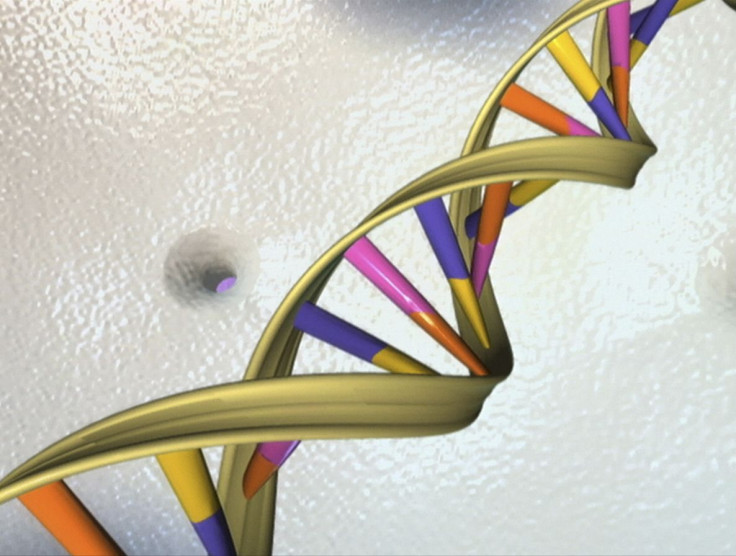Gene Studies Using Crispr Challenge Older Findings; Gene-Editing Technique Popular With First-Timers

Whether you consider it a great boon to science that will help medicine and agriculture, or a risky proposition that could create agents of biological warfare, the gene-editing technique known as Crispr is here to stay. It is already challenging findings of older gene studies and is fast becoming the preferred tool for first-timers in the field.
A report published Wednesday on the Nature website cited various examples of different gene-altering techniques producing different results in comparative tests. Some of the tests referred to in the report involved cancer cells, zebrafish and plants. And scientists in the different fields didn’t always react enthusiastically to the findings using Crispr which disputed earlier results.
Read: Court Says Both Contestants Can File Separate Patents For Crispr
However, using different gene-altering methods could produce different results simply because of the way they interact with cells. For example, wiping out the expression of a gene using Crispr/Cas9 (a method that uses the Cas 9 enzyme to delete a gene) would be different from reducing the gene’s expression using the RNA interference method, the report explained.
There are other challenges that are faced by researchers using Crispr. In a recent survey of 654 people from the scientific community, conducted by Synthego — a genome editing start-up based in Silicon Valley, California — the top three difficulties were found to be editing efficiency (64 percent), verification of edits (57 percent), and delivery/transfection (57 percent).
Read: Crispr Can Be Controlled Using Light
Despite the problems perceived by researchers, Crispr was still the gene-altering technique of choice of 80 percent of the respondents to the survey, whose findings were shared with International Business Times.
Michael Dabrowski, president of Synthego, said in an accompanying statement: “There is no doubt that Crispr has become a ubiquitous technology for conducting biological research throughout the world. But in order for scientists to increase the rate of research and discovery, highly efficient and cost effective tools must be made available.”
© Copyright IBTimes 2024. All rights reserved.





















